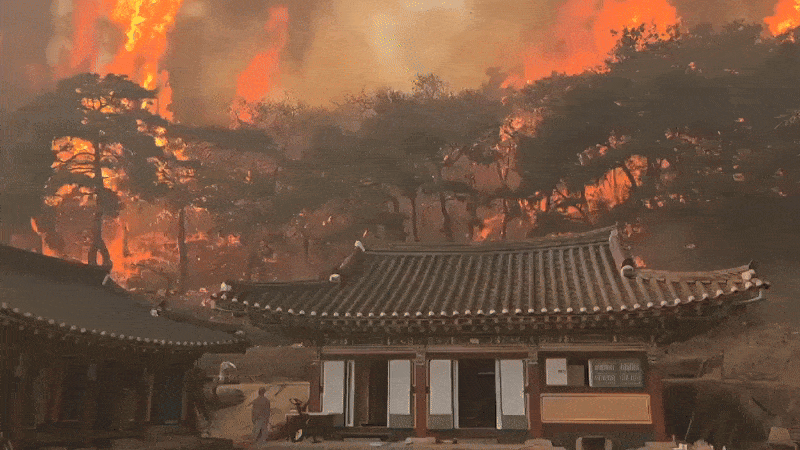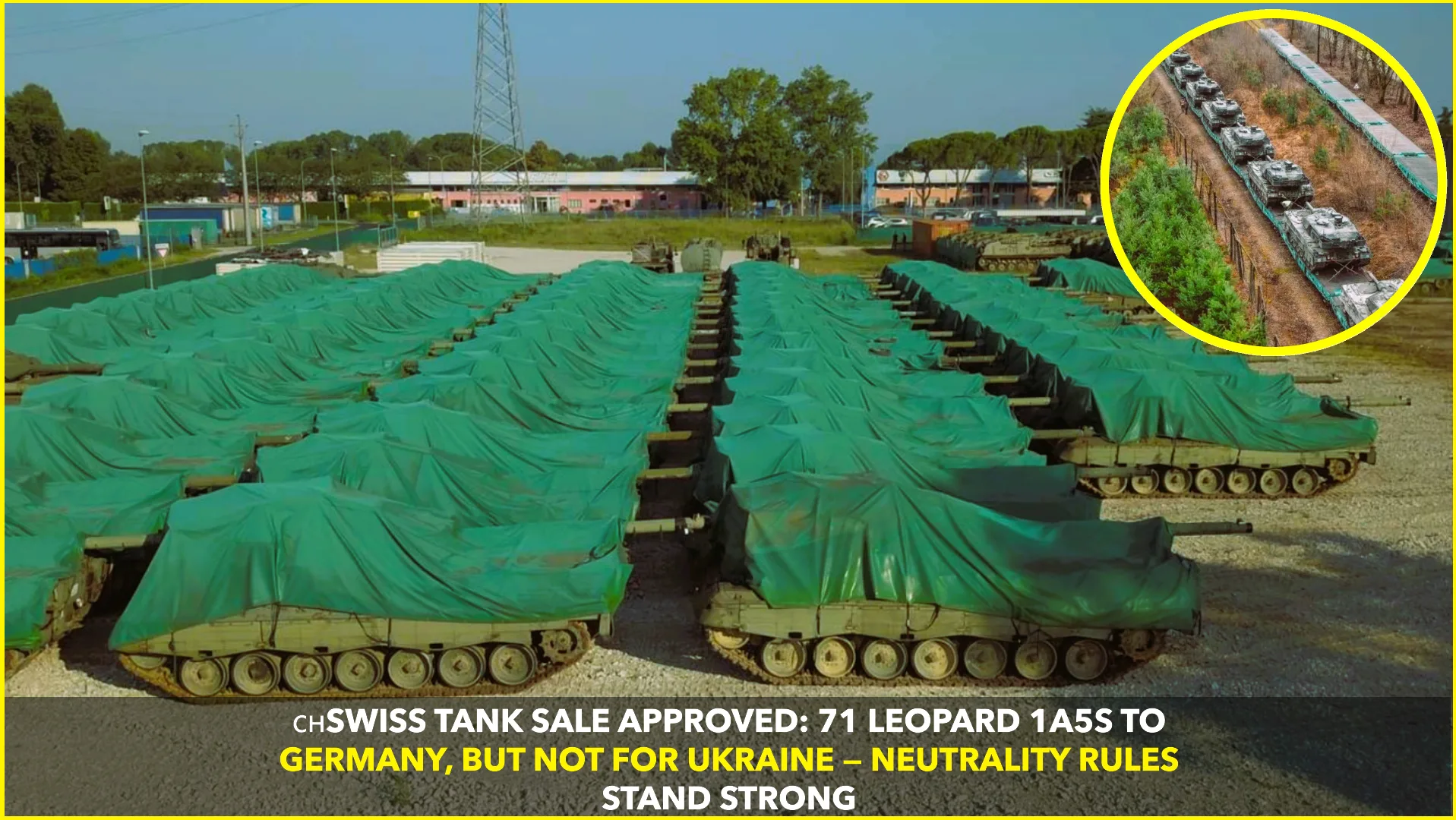As of Wednesday morning, March 26, 2025, South Korea’s southeastern region is grappling with devastating wildfires that have claimed at least 18 lives, forced thousands to evacuate, and caused significant destruction to both residential areas and cultural landmarks.
Extent of the Wildfires
The wildfires, which began over the weekend, have rapidly spread across multiple counties, including Uiseong, Andong, Sancheong, and Ulsan. Fueled by strong winds and dry conditions, the fires have burned approximately 17,400 hectares of land, destroyed over 200 structures, and displaced more than 27,000 residents.
Casualties and Injuries
The death toll has risen to at least 18 individuals, with many victims being elderly residents who were unable to evacuate in time. Among the deceased are four firefighters and government workers who were trapped by fast-moving flames in Sancheong County. Additionally, at least 26 people have been injured, six of them seriously.
Impact on Cultural Heritage
The wildfires have inflicted severe damage on South Korea’s cultural heritage. Notably, the Gounsa Buddhist temple, established in 681 A.D. in Uiseong, suffered extensive destruction. Twenty of its 30 structures were burned, including the Gaunru pavilion and Yeonsujeon hall, both recognized as national treasures from the Joseon dynasty. Fortunately, an 8th-century stone Buddha statue was preserved.
Another significant site, the Hahoe Folk Village in Andong, a UNESCO World Heritage Site, faced imminent danger as fires approached within 10 kilometers. Authorities issued evacuation orders to protect residents and the historic village.
Government Response and Challenges
In response to the crisis, Acting President Han Duck-soo described the wildfires as causing “unprecedented damage” and emphasized the need for all available resources to combat the blazes. Approximately 9,000 firefighters and over 130 helicopters have been deployed. However, containment efforts have been hampered by strong winds and dry conditions, which have exacerbated the spread of the fires.
Tragically, a firefighting helicopter crashed in Uiseong during operations, resulting in the death of the pilot. The Guardian+8Wikipedia+8AP News+8
Investigation into Causes
Preliminary investigations suggest that human activities may have ignited several of the fires. Incidents such as using fire to clear overgrown grass in family tombs or sparks from welding work are being examined as potential causes.
Climate Considerations
Experts highlight that climate change is contributing to the increased frequency and intensity of wildfires in the region. Rising temperatures and prolonged dry spells create conditions conducive to such disasters, underscoring the need for enhanced preparedness and resources to mitigate future occurrences. The Guardian
Conclusion
The devastating wildfires in South Korea’s southeastern region have led to significant loss of life, displacement of thousands, and destruction of invaluable cultural heritage. As firefighting efforts continue, the nation faces the dual challenge of addressing immediate needs and implementing long-term strategies to prevent and manage such disasters in the future.










